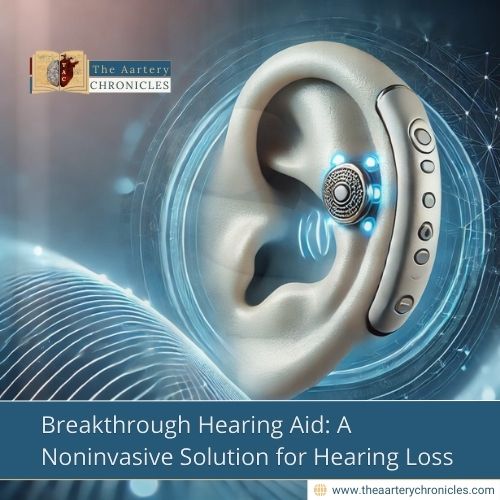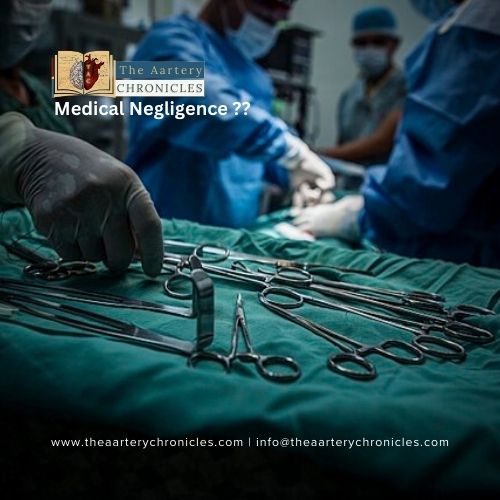

Breakthrough Hearing Aid: A Noninvasive Solution for Hearing Loss
A new noninvasive hearing aid uses micro-epidermal actuators to improve conductive hearing loss, offering a safer alternative to implants and surgery. Read on to know more.
A New Era for Hearing Aids: No Surgery Required!
What if hearing loss could be treated without surgery or implants? A groundbreaking study from Wake Forest University School of Medicine introduces a noninvasive hearing aid that may change the game for those with conductive hearing loss, especially children
Science Behind Conductive Hearing Loss
Conductive hearing loss occurs when sound waves fail to reach the inner ear due to
- Infections
- Blockages, or
- Structural issues
It is most common in children and can lead to speech and language delays
Traditionally, treatment involves corrective surgeries or implantable hearing aids, both invasive options, particularly for young patients.
“Treatment for conductive hearing loss can include corrective surgeries and implantable hearing aids, which can be very invasive, especially for pediatric patients,” said Mohammad J. Moghimi, Ph.D., assistant professor of biomedical engineering.
How This New Hearing Aid Works
Moghimi and his team designed a flexible, noninvasive hearing aid that relies on micro-epidermal actuators. Instead of amplifying sound through the ear canal, this device creates vibrations on the skin behind the ear, sending sound directly to the inner ear.
Key Features of Hearing Aid
- Uses an array of micro-epidermal actuators
- Bypasses the ear canal, avoiding infections or blockages
- Offers a safer alternative to implants and surgeries
Proven Results: Study Highlights
In a study published in Communications Engineering, researchers tested the device on 10 participants (ages 19–39) by simulating conductive hearing loss with earplugs and earmuffs.
The results ?
- Stronger vibrations improved hearing quality
- Array technology enhanced sound clarity and direction
- A promising alternative for pediatric hearing aids
“We found that using an array of these actuators, rather than a single one, significantly enhances the strength and quality of the vibrations, leading to better hearing outcomes,” Moghimi explained.
A Game-Changer for Pediatric Hearing Aids
For children with hearing impairments, early intervention is crucial. Better hearing can lead to
- Improved speech
- Language development
- Academic success
“This technology has the potential to improve the quality of life for children with hearing impairments and transform the way we approach pediatric hearing aids,” Moghimi added.
What’s Next for Hearing Aid?
The research team is now conducting larger studies to test the device’s safety and effectiveness in both children and adults. If successful, this revolutionary hearing aid could soon be a game-changing solution for countless patients
Inputs from various media sources.

Dane
I am an MBBS graduate and a dedicated medical writer with a strong passion for deep research and psychology. I enjoy breaking down complex medical topics into engaging, easy-to-understand content, aiming to educate and inspire readers by exploring the fascinating connection between health, science, and the human mind.








